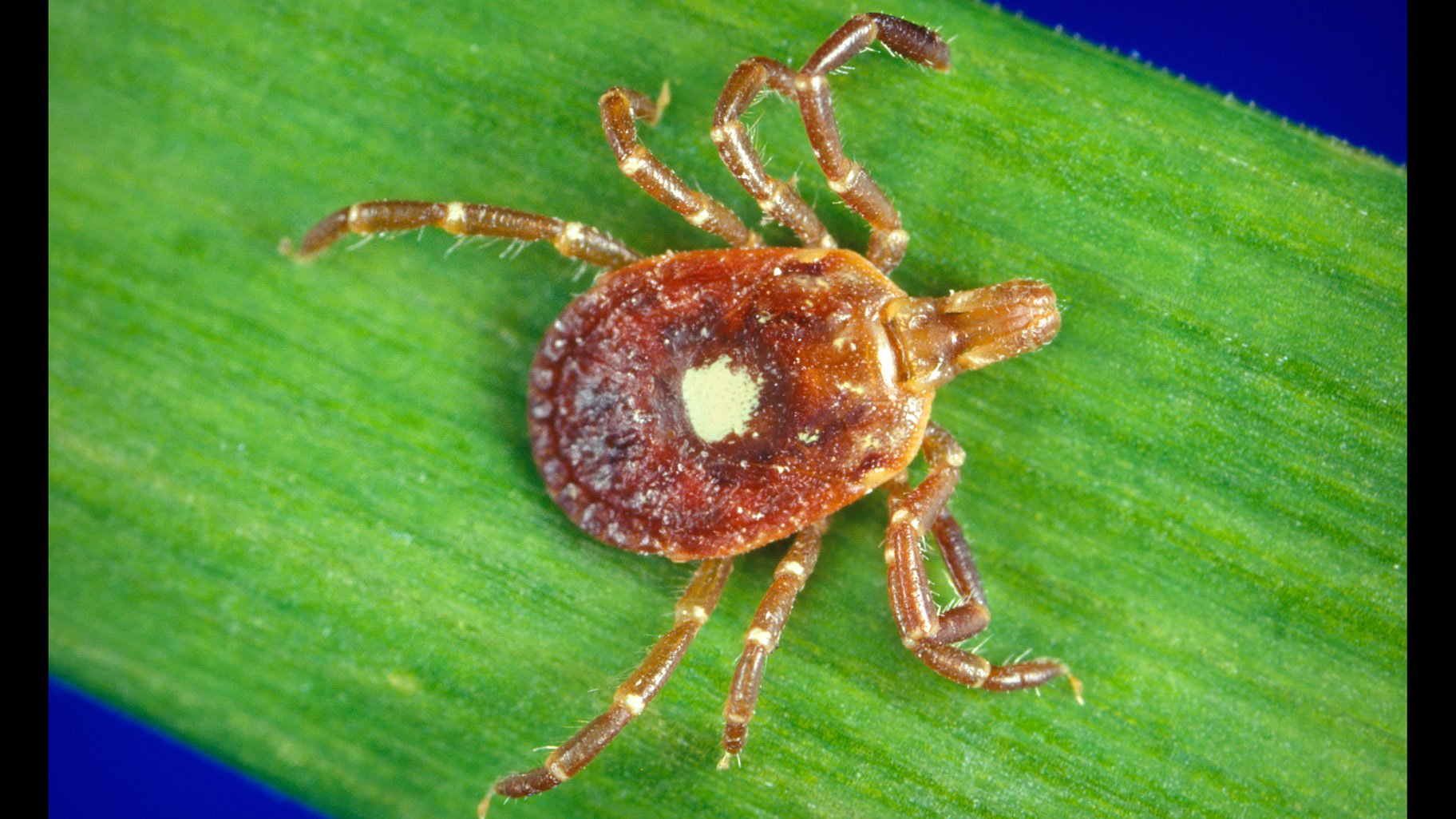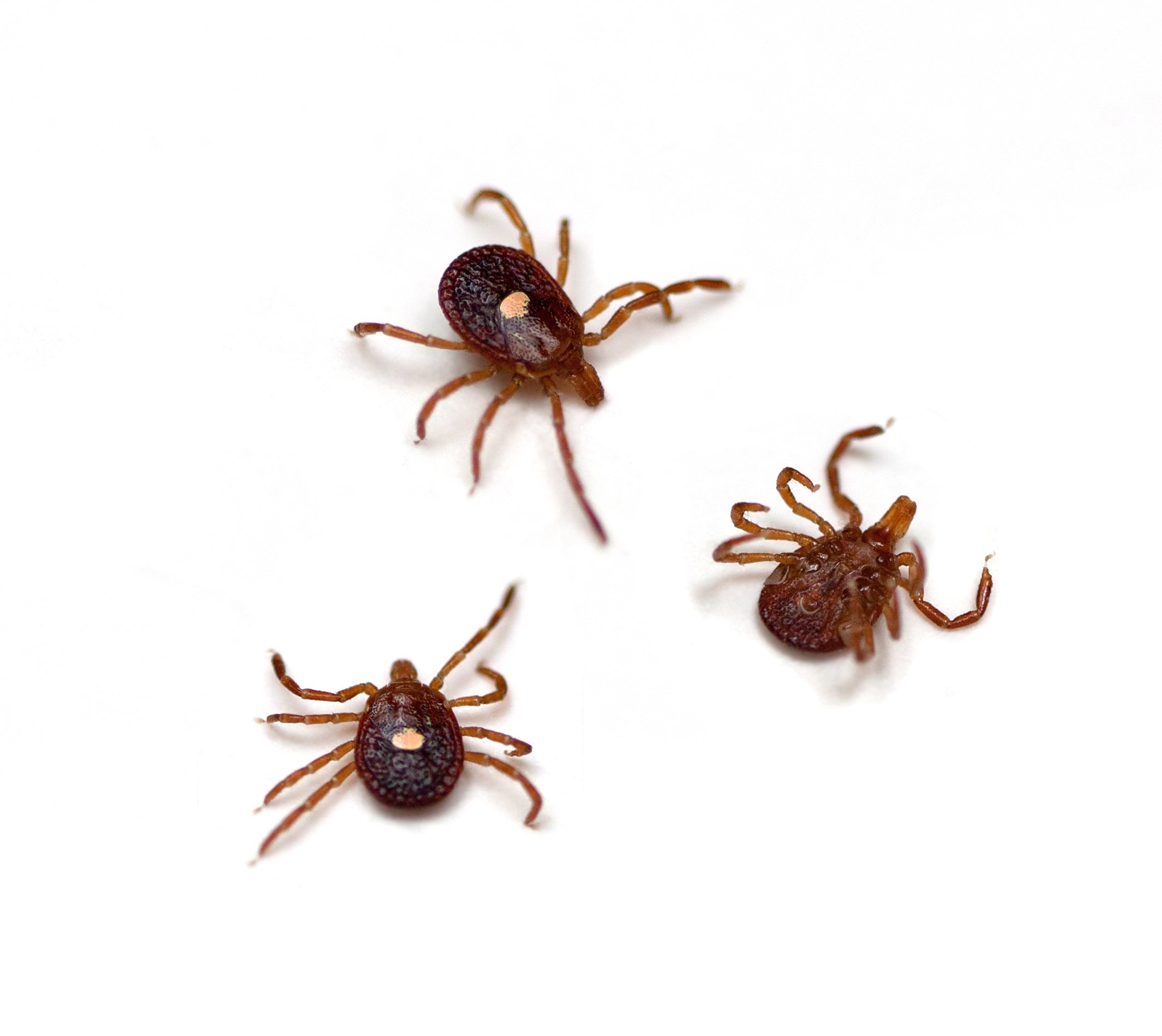

This entry point causes ulceroglandular tularemia, the most common form of this condition, per 2019 research. Tick bites transmit Francisella tularensis through the skin. Symptoms can start anywhere from 1 to 21 days after infection, but usually within 3 to 5 days, according to the CDC. Symptoms of this condition vary based on the subtype you have. Inhaling the bacteria or drinking contaminated water can also cause transmission. Transmission to humans occurs through tick bites, mosquito bites, or contact with infected animals or birds. Tularemia is also known as rabbit fever or deer fly fever. The bacteria’s point of entry determines which subtype you have. Tularemia is caused by the Francisella tularensis bacteria. Tularemia is a rare, potentially fatal disease with several subtypes. Infected ticks transmit these bacteria to humans through bites. bull’s-eye rash ranging in size from 6 to 10 centimetersĮhrlichiosis is an umbrella term for multiple diseases caused by Ehrlichia chaffeensis, E.The rash is not always accompanied by other symptoms. This rash looks similar to the bull’s-eye rash associated with Lyme disease.

You can have these symptoms without having contracted an illness.ĭiseases spread by lone star ticks include: Southern tick-associated rash illness (STARI)Īccording to the Centers for Disease Control and Prevention (CDC), the bacteria that causes STARI remains unidentified. Redness and discomfort at the site of a lone star tick bite require medical attention. Tick saliva can irritate your skin, but not every bite transmits disease-causing bacteria or viruses. Even though they bite, larvae don’t carry disease. Larvae, nymphs, and adult ticks bite humans, pets, livestock, and wild outdoor animals. Lone star ticks are aggressive biters that feed on prey throughout their entire lifespan. What diseases and symptoms can you get from a lone star tick bite?


 0 kommentar(er)
0 kommentar(er)
